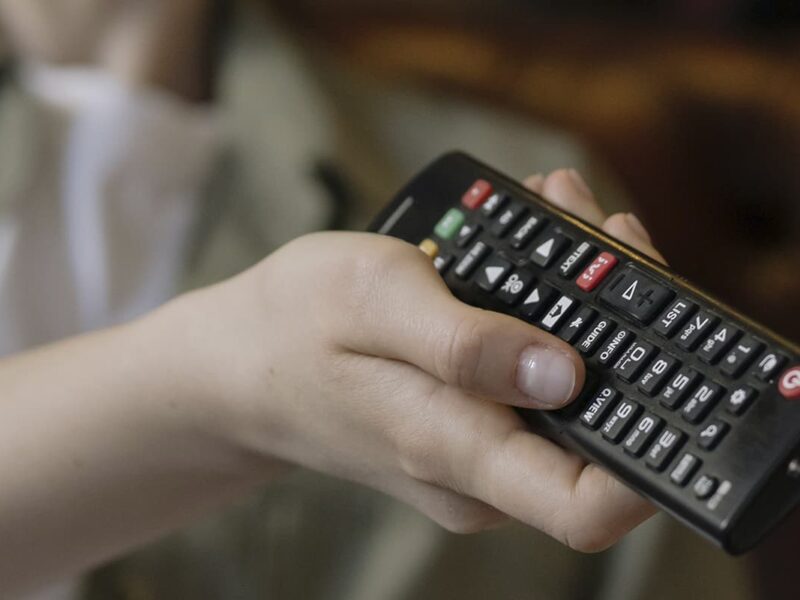All types of cable television operate thanks to the following components: antennas for receiving television signals from the RTRS airwaves and amplifiers, amplified wire stations, connectors, etc., amplifiers along the transmission path, power reduction compensators and frequency adjustment. In addition to terrestrial antennas, sources of TV signals include satellite systems or a signal received from a TV channel. Thus, we can distinguish its structural scheme:
signal sources
headend station
switching and distribution network.
Cable television scheme
The design of cable television is formed depending on the location of the headend and antennas relative to each other and other components. The combination of devices guarantees a clear signal. The basic element in the scheme is the main amplifying station. It contains the main equipment for processing data from various sources.
Amplifiers, decoders and modulators are mounted on a rack-mounted chassis, individual for each TV channel, and make it possible to correct signals before combining them into a package for transmission to the consumer. Such devices make it possible to improve a bad signal. All principles of operation and network organization are based on this cable broadcasting scheme.
Switching and distribution network
In cable television, the broadcast signal is distributed via coaxial cable using splitters and couplers.
Splitters divide the signal equally;
Couplers – distribute more power to longer cable sections and less to shorter ones.
The desire of cable operators to increase capacity and transmit the Internet along with the TV signal, creating double tariffs, led to the replacement of coaxial cable with fiber optic cable. It is less demanding on the environment, resistant to interference, has a perfect amplitude-frequency response and a long service life. The pulse from the headend is compressed into an optical signal and transmitted over the fiber optic network.
Optical modulator
An optical demodulator is installed and maintained by the operator at each entrance, which converts the signal into TV.
Do I need a digital set-top box for cable TV?
The types of cable TV are the same as terrestrial TV. It is easy to determine whether you have digital or analog cable TV by the presence of additional equipment that was needed to connect the TV. Broadcasting an analog signal does not require any special auxiliary devices. Only a coaxial cable will be brought into your apartment and plugged into the TV.
When it comes to connecting digital cable TV, you will be offered to buy or rent a receiver. Do not confuse it with a digital set-top box for terrestrial broadcasting. The principle of their operation is similar, but the digital cable TV standard is called DVB-C, and each operator has a different encoding. Therefore, the device must be purchased specifically from this operator.



